The area formerly known as the Brecon Beacons was visited recently by the new Prince and Princess of Wales.
Apparently their cavalcade of luxury cars wasn’t quite as impressive as ours, though. Standards matter – and if not the royal family, you can always depend on Autocar to set them.
Well, at least, as far as transport is concerned. If this comparison exercise had been an owners’ club meeting instead, none of us assembled participants would have even approached the expected dress code requirements. Luckily, we had a job to do – and it was thanks to a reader whose name you will know.
Formula 1 racer turned motorsport magnate Jonathan Palmer consumes his weekly issue of Autocar as avidly as you do, and at a recent meeting with us he bemoaned the state of ride comfort in modern cars – that it hadn’t advanced as quickly as so many other dynamic facets.
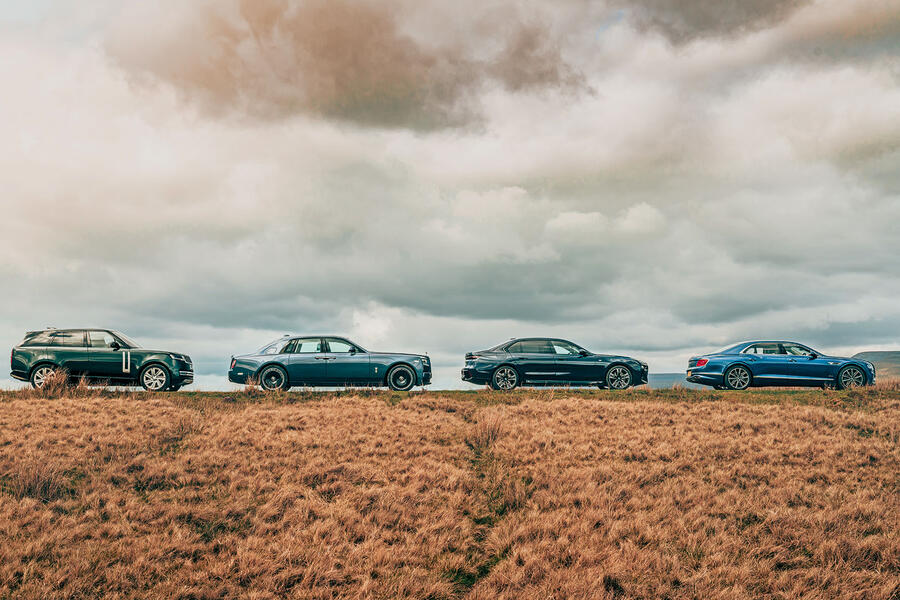
“Why don’t we get a bunch of the most comfortable and very best-riding new cars together, along with something much older,” he suggested, “and take a considered view on the state of the art?”
How could we decline? The standard-bearers we assembled, in descending order of price, were the recently updated Rolls-Royce Phantom VIII, Bentley Flying Spur V8 Azure, Range Rover P440e Autobiography and BMW i7 xDrive60 M Sport.
Some 10 tonnes and nearly a million quid’s worth of brand-new, super-luxury metal, then (and we were still upstaged, as Dr P arrived in his no-doubt-fine-riding Agusta helicopter).
Another reader and friend of Autocar, Joe Ward, generously brought along his recently restored 1964 Rolls-Royce Silver Cloud III as a yardstick by which to measure the accomplishments of the new boys.
And, ride comfort being not only a complicated but also a subjective question, we decided not to tackle it on our own.
Providing an alternative and especially expert take was Steve Randle of Randle Engineering, a man with an impeccable CV in vehicle dynamics engineering on which the McLaren F1 can be found. Steve Cropley will be your guide to his thoughts and impressions of these cars, as well as those of Palmer, later on.


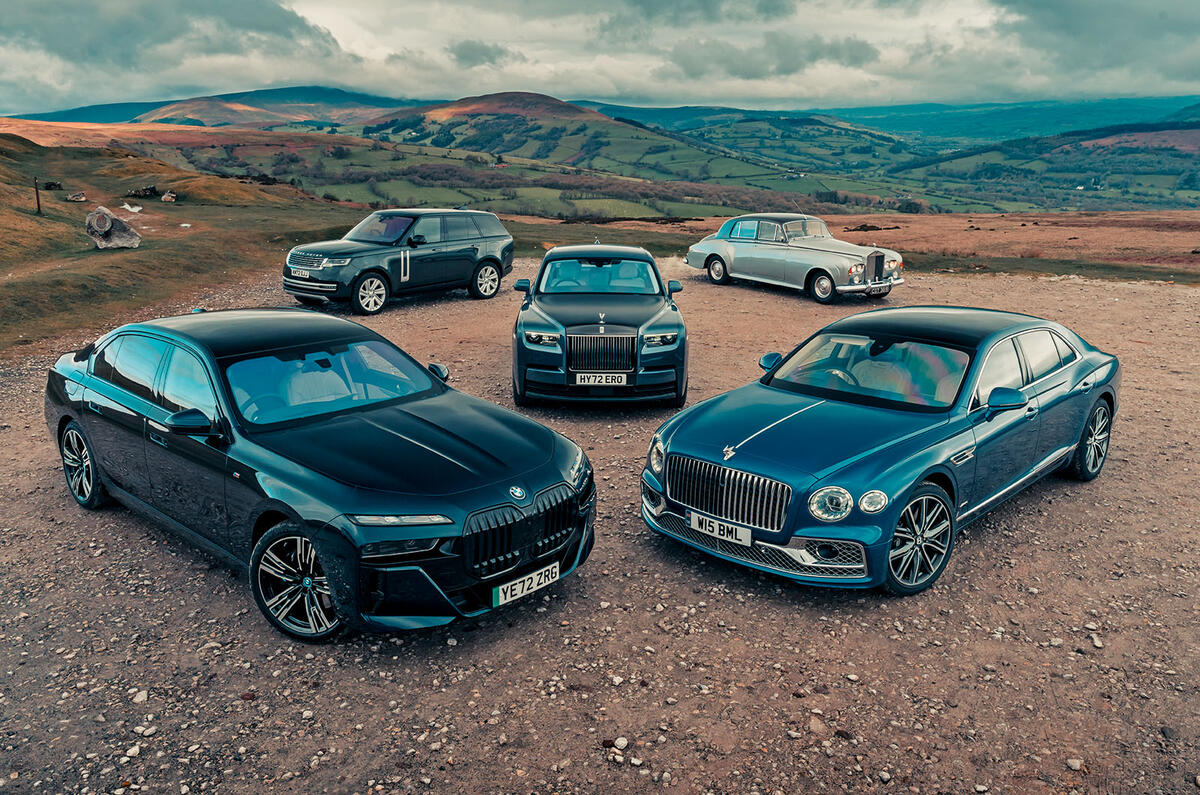
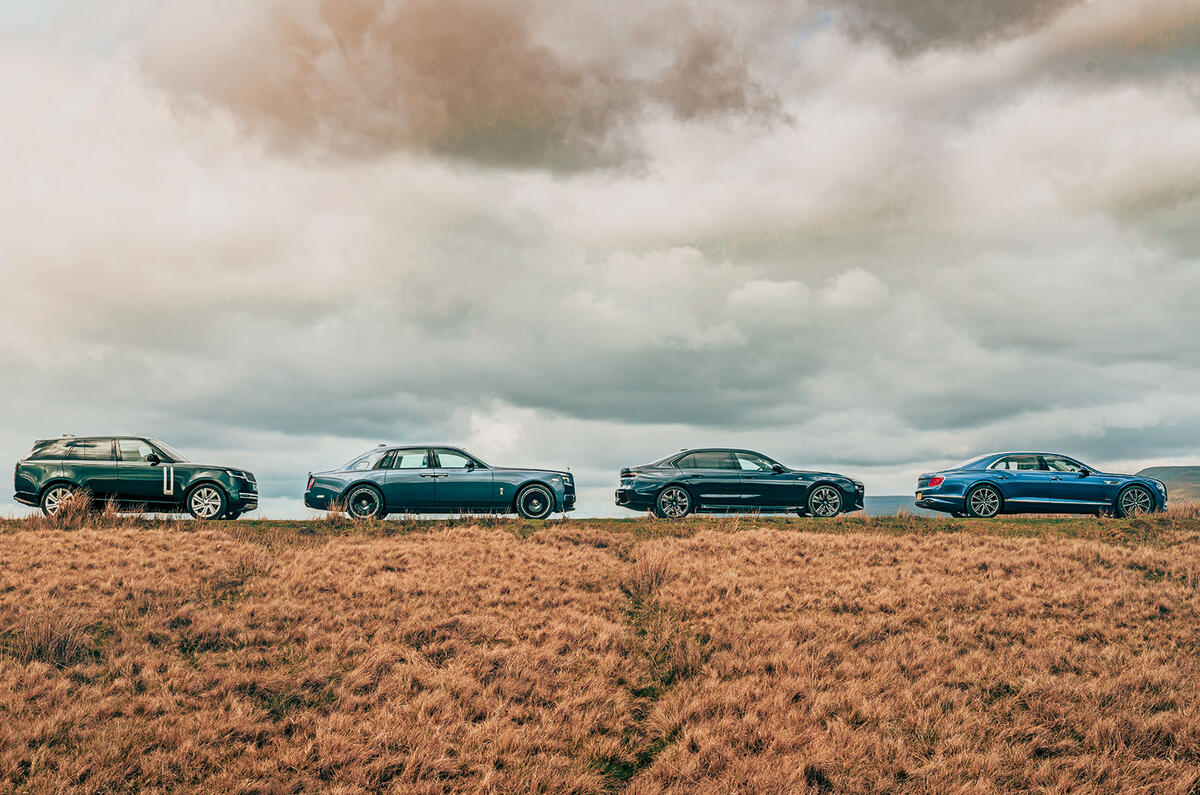
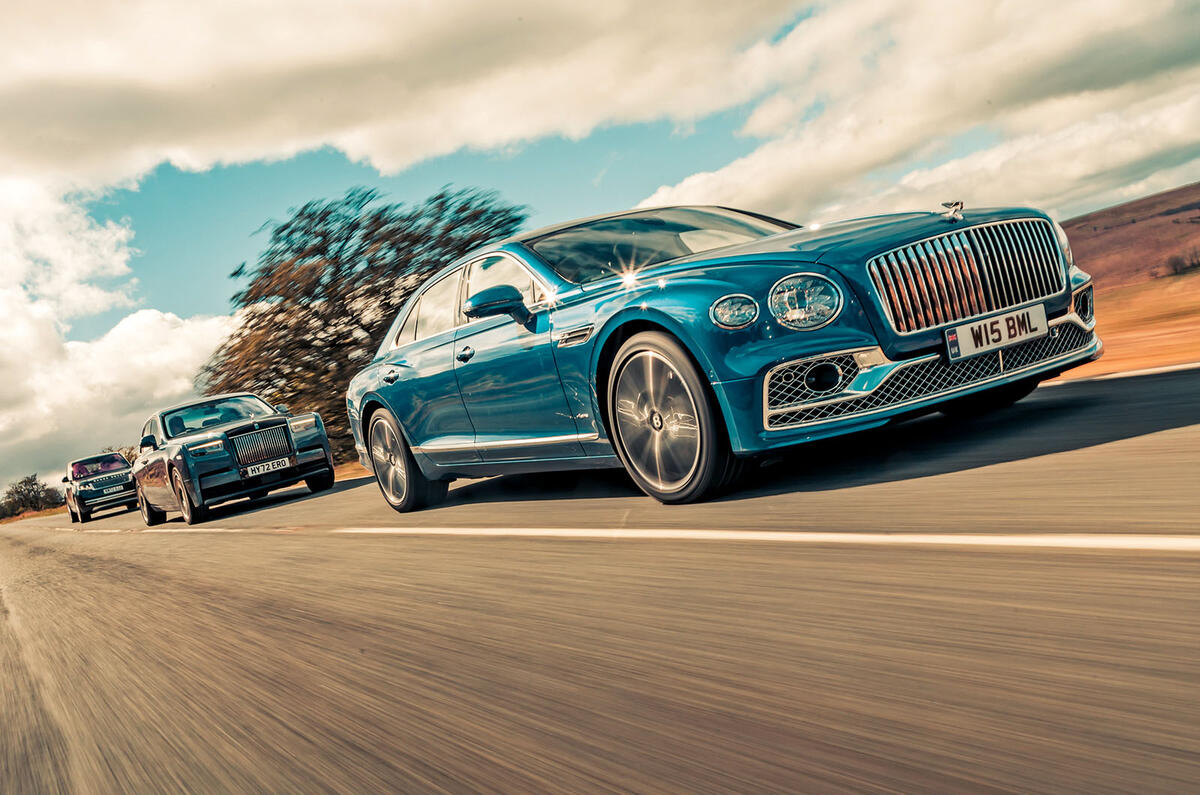

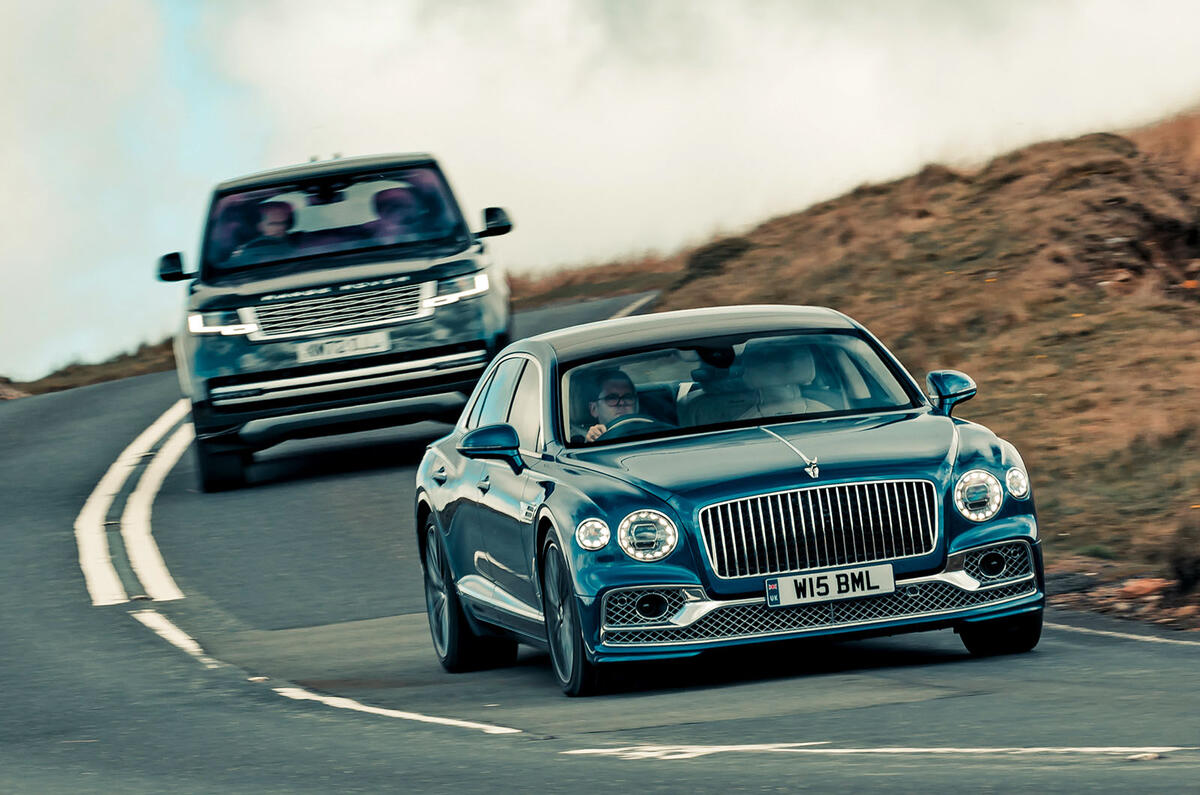
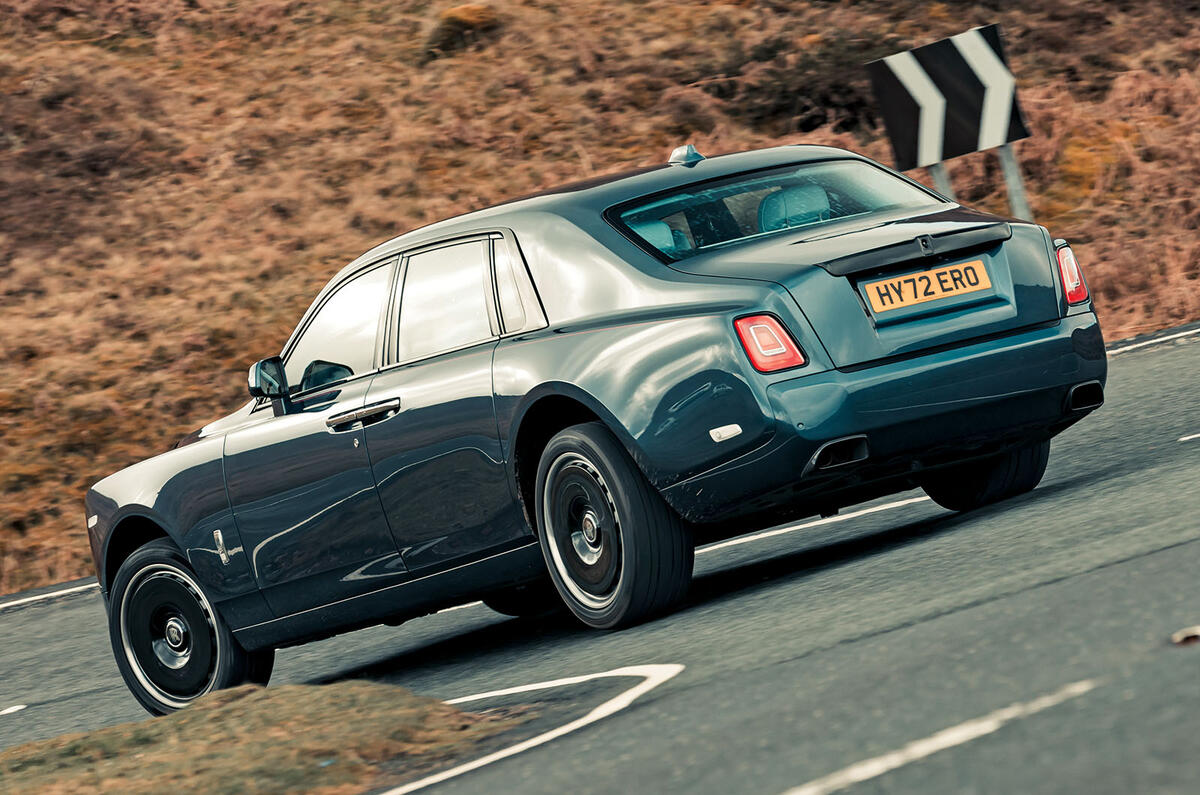


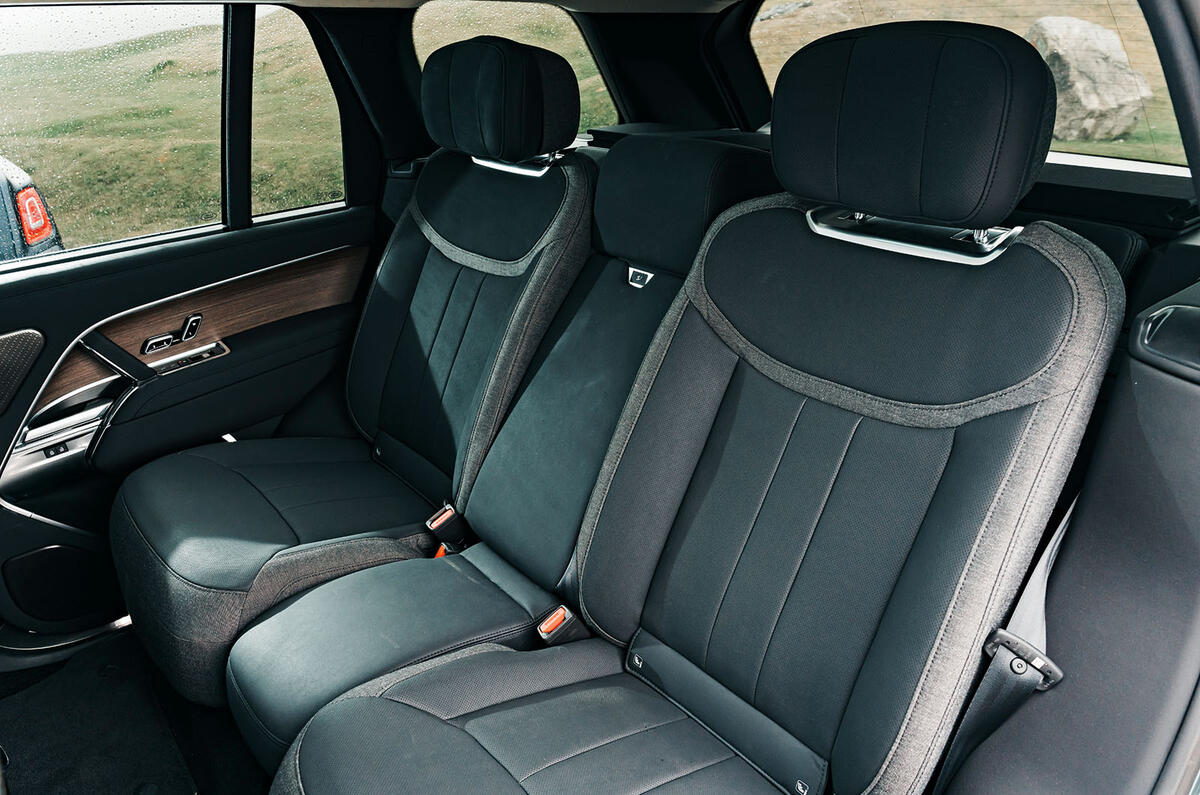
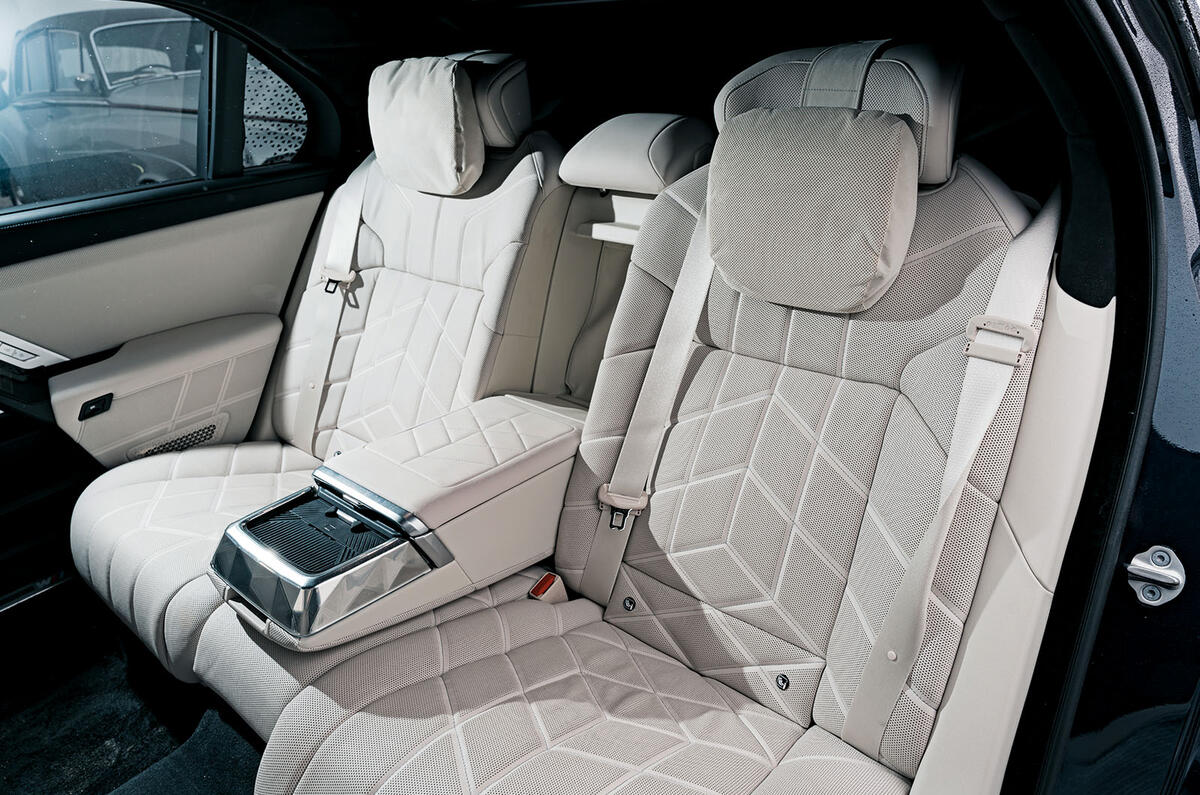













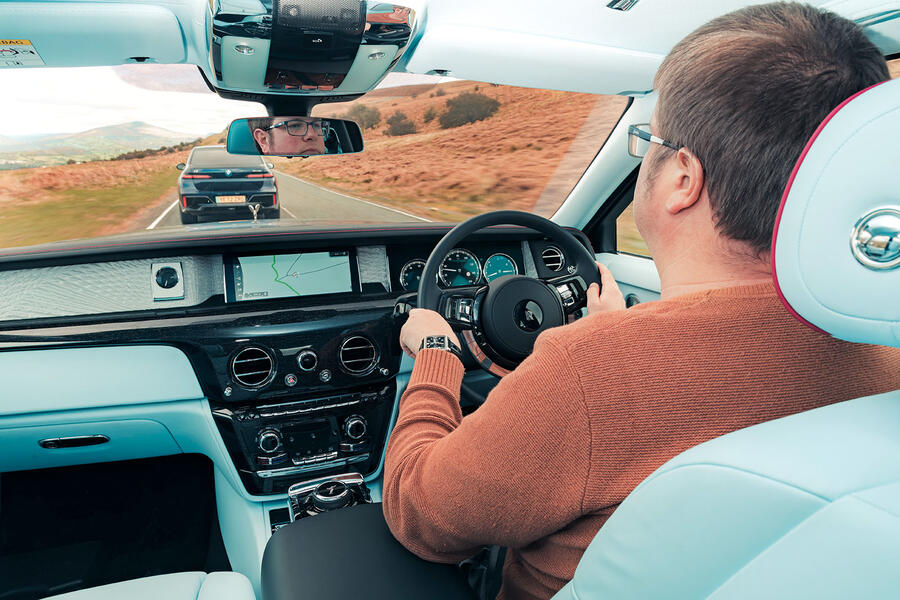
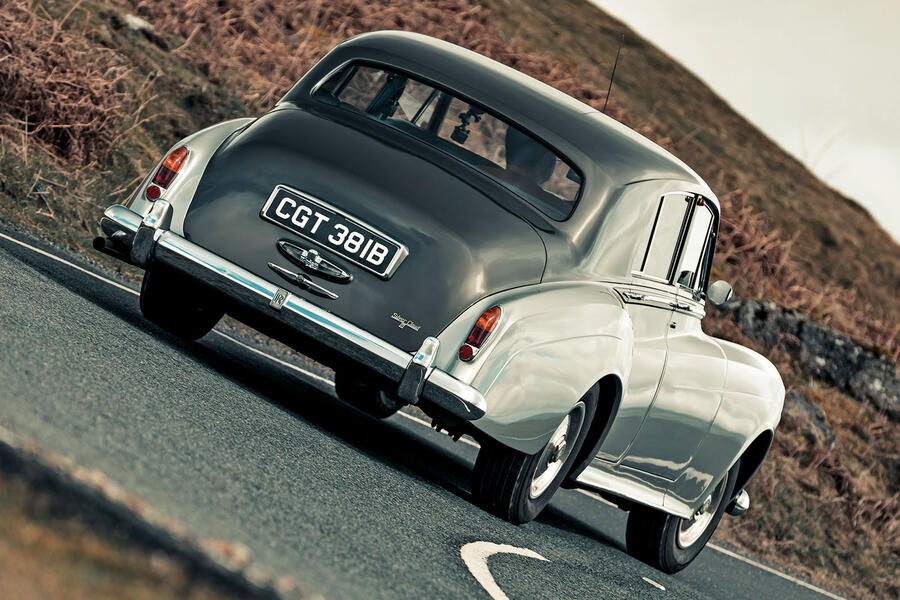
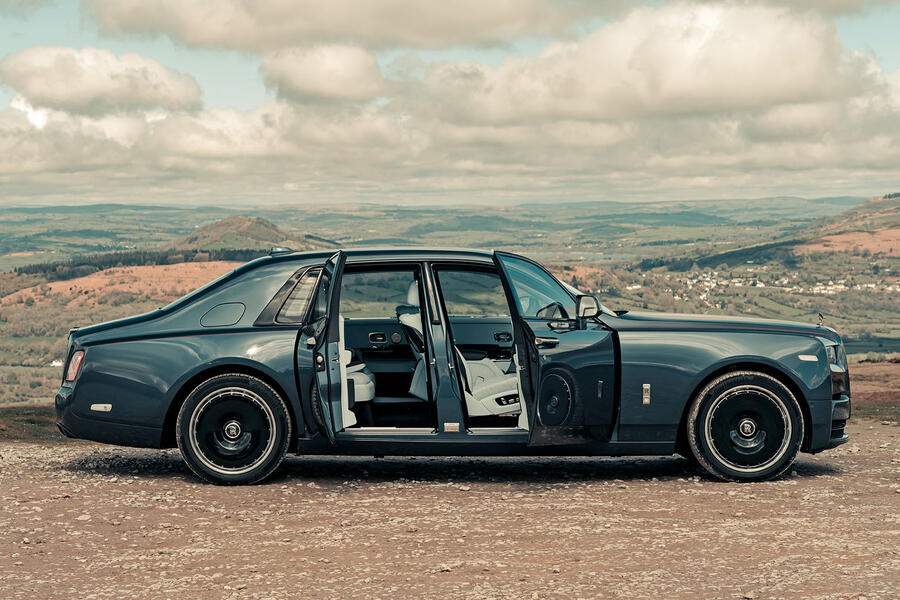
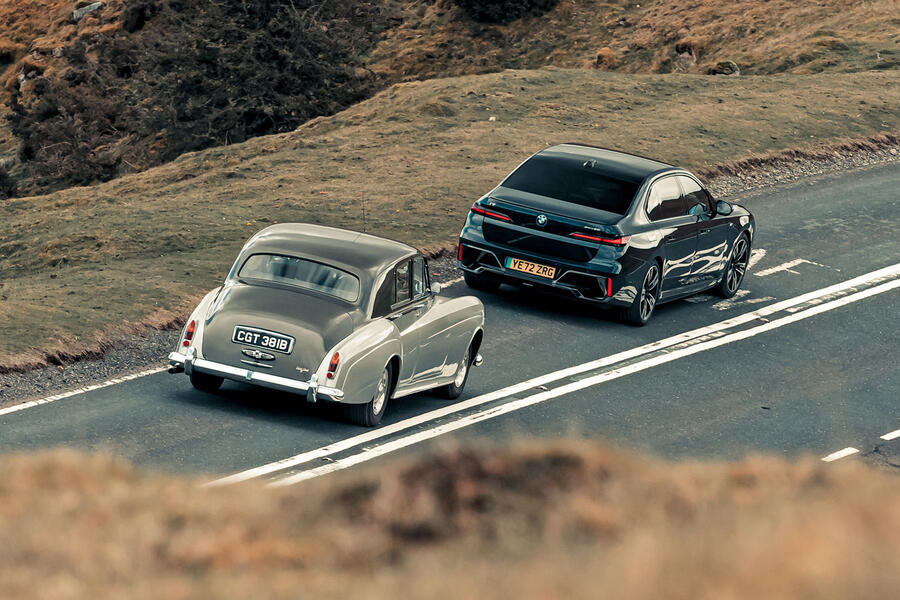
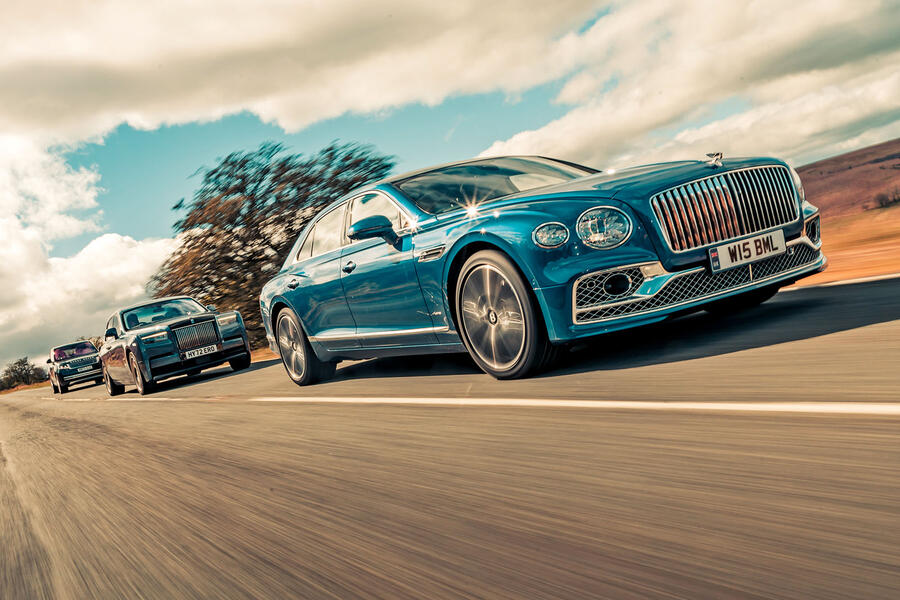


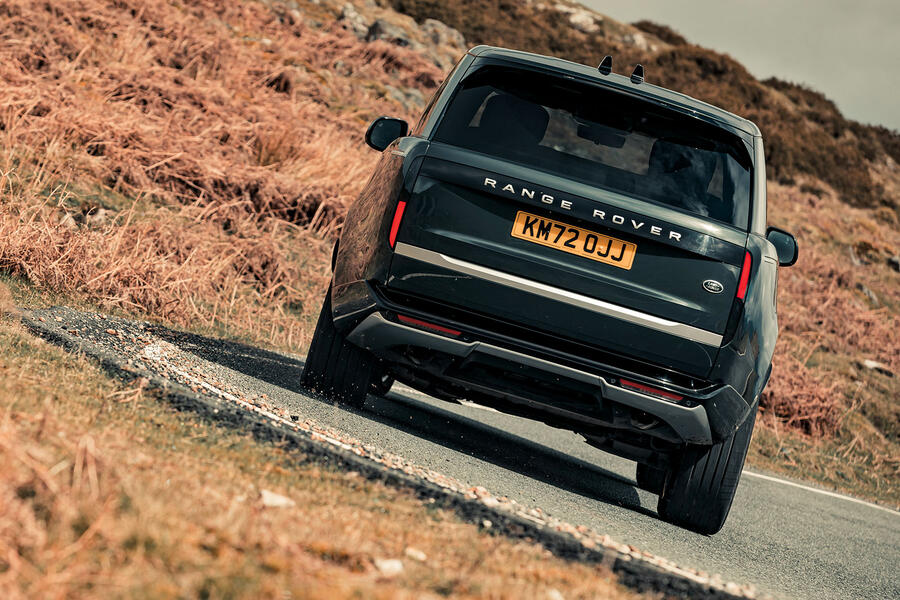

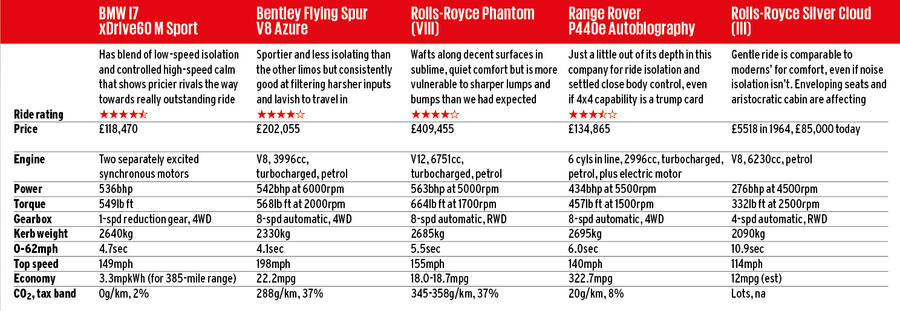






Join the debate
Add your comment
I also found it rather odd that you didn't include an S-class Mercedes as quite a few testers consider it the most comfortable riding car in the world. Though I'm not a fan of Mercedes interior design. They keep getting more and more tacky over the years as they keep adding more and more "brushed aluminum" which looks like silver plastic to me! I've owned several Mercedes over the years but I don't like the new ones. Sorry, I'm getting a bit off topic here...
One modern vehicle that I would have included would be the BMW iX50 with the air suspension. I would rate it right up there and it is certainly much more supple than our Flying Spur which in isolation rides very well. I think it is enhanced by the fact it is electric so straight off the bat it is eerily quiet, which tends to show up any other noises such as road or wind noise
An enjoyable read and it would be interesting to have more of these deep dive comparisons on a range of topics. I agree with other comments that re-running this ride comfort test with everyday cars would be good too. You could also compare previous generation to current generation cars - whilst cars have improved in some ways in the last 20 years, in others they seem to have got worse imo.